Tuberculosis (TB) is a contagious infection that usually attacks your lungs. It can spread to other parts of your body, like your brain and spine. A type of bacteria called Mycobacterium tuberculosis causes it.
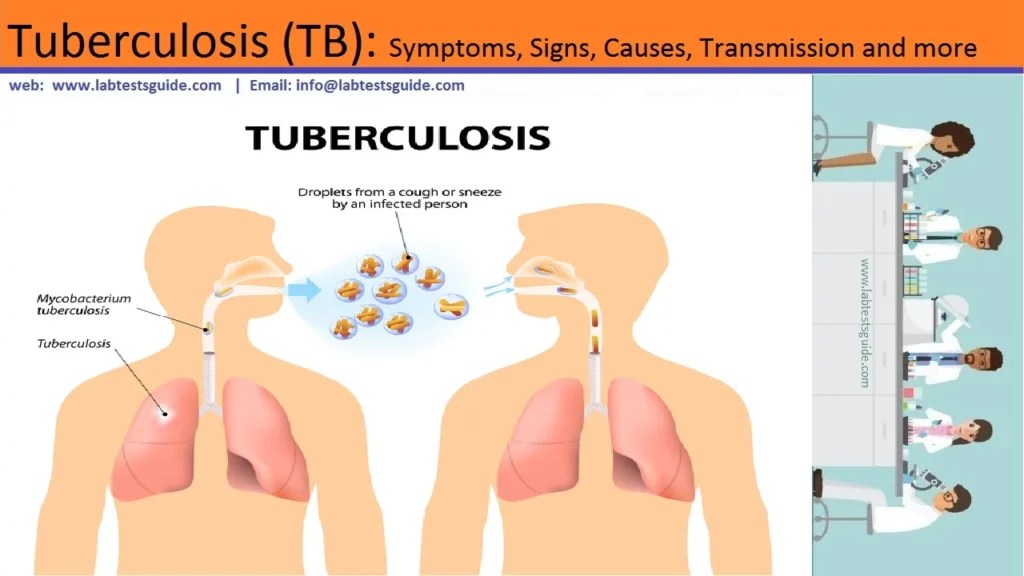
Signs and Symptoms :
There aren’t any for latent TB. You’ll need to get a skin or blood test to find out whether you have it.
There are usually signs if you have active TB disease. They include:
- A cough that lasts more than 3 weeks
- Chest pain
- Coughing up blood
- Feeling tired all the time
- Night sweats
- Chills
- Fever
- Loss of appetite
- Weight loss
Causes of TB :
Tuberculosis is caused by bacteria that spread through the air, just like a cold or the flu. When someone who has it coughs, sneezes, talks, laughs, or sings, tiny droplets that contain the germs are released. If you breathe in these germs, you can get it.
TB can spread from person to person, but it isn’t easy to catch. You usually have to spend a lot of time around someone who has a lot of bacilli in their lungs. You’re most likely to catch it from co-workers, friends, and family members.
Tuberculosis germs don’t thrive on surfaces. You can’t get the disease from shaking hands with someone who has it or by sharing their food or drink.
How to Diagnose :
- Skin Test:
The TB skin test ( Mantoux test ) isn’t perfect. Sometimes, it suggests that people have TB when they really don’t. It can also indicate that people don’t have TB when they really do.
A small amount of a substance called PPD tuberculin is injected just below the skin of your inside forearm. You should feel only a slight needle prick. Within 48 to 72 hours, a health care professional will check your arm for swelling at the injection site. A hard, raised red bump means you’re likely to have TB infection. - Blood Test:
blood test can be used to test for M. tuberculosis infection. - Sputum Test:
The Sputum samples are tested for TB bacteria. - X-Ray or CT Scan:
Chest X-ray or a CT scan show white spots in your lungs where your immune system has walled off TB bacteria, or it may reveal changes in your lungs caused by active tuberculosis. CT scans provide more-detailed images than do X-rays.
Tuberculosis Types :
A TB infection doesn’t mean you’ll get sick. There are two forms of the disease:
- Latent TB. You have the germs in your body, but your immune system stops them from spreading. That means you don’t have any symptoms and you’re not contagious. But the infection is still alive in your body and can one day become active. If you’re at high risk for re-activation — for instance, you have HIV, your primary infection was in the past 2 years, your chest X-ray is abnormal, or your immune system is compromised — your doctor will treat you with antibiotics to lower the risk for developing active TB.
- Active TB. This means the germs multiply and can make you sick. You can spread the disease to others. Ninety percent of adult cases of active TB are from the reactivation of a latent TB infection.
Risks of TB
You can get TB only if you come into contact with others who have it. Other things that could increase your risk include:
- A friend, co-worker, or family member has active TB.
- You live in or have traveled to an area where TB is common, like Russia, Africa, Eastern Europe, Asia, Latin America, and the Caribbean.
- You’re part of a group in which TB is more likely to spread, or you work or live with someone who is. This includes homeless people, people with HIV, people in jail or prison, and people who inject drugs into their veins.
- You work or live in a hospital or nursing home.
- You’re a health care worker for patients at high risk of TB.
- You’re a smoker.Tuberculosis Complications
Tuberculosis Complications :
A healthy immune system fights the TB bacteria. But if you have any of the following, you might not be able to fend off active TB disease:
- HIV or AIDS
- Diabetes
- Severe kidney disease
- Head and neck cancers
- Cancer treatments such as chemotherapy
- Low body weight and malnutrition
- Medications for organ transplants
- Certain drugs to treat rheumatoid arthritis, Crohn’s disease, and psoriasis
Babies and young children also are at greater risk because their immune systems aren’t fully formed.
Treatment of TB
Your treatment will depend on whether you have latent TB or active TB.
- If you have latent TB, your doctor will probably give you medications to kill the bacteria so you don’t develop active TB. If you start to see any of the symptoms of active TB, call your doctor right away.
- Your doctor will treat active TB with a combination of medications. You’ll take them for 6 to 12 months.
Whether you have latent or active TB, it’s important to finish taking all of your medications, even if you feel better after starting them.
Medication side effects
Serious side effects of TB drugs aren’t common but can be dangerous when they do occur. All tuberculosis medications can be highly toxic to your liver. When taking these medications, call your doctor immediately if you experience any of the following:
- Nausea or vomiting
- Loss of appetite
- A yellow color to your skin (jaundice)
- Dark urine
- A fever that lasts three or more days and has no obvious cause
How to Protect your family and friends
If you have active TB, keep your germs to yourself. It generally takes a few weeks of treatment with TB medications before you’re not contagious anymore. Follow these tips to help keep your friends and family from getting sick:
- Stay home. Don’t go to work or school or sleep in a room with other people during the first few weeks of treatment for active tuberculosis.
- Ventilate the room. Tuberculosis germs spread more easily in small closed spaces where air doesn’t move. If it’s not too cold outdoors, open the windows and use a fan to blow indoor air outside.
- Cover your mouth. Use a tissue to cover your mouth anytime you laugh, sneeze or cough. Put the dirty tissue in a bag, seal it and throw it away.
- Wear a mask. Wearing a surgical mask when you’re around other people during the first three weeks of treatment may help lessen the risk of transmission.
Possible References Used


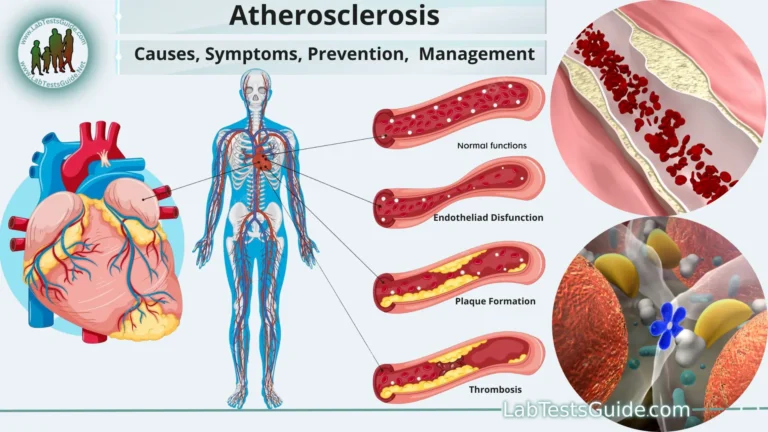
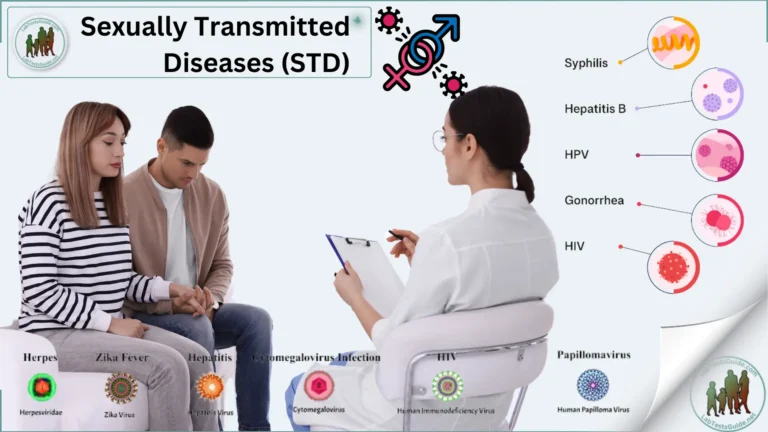

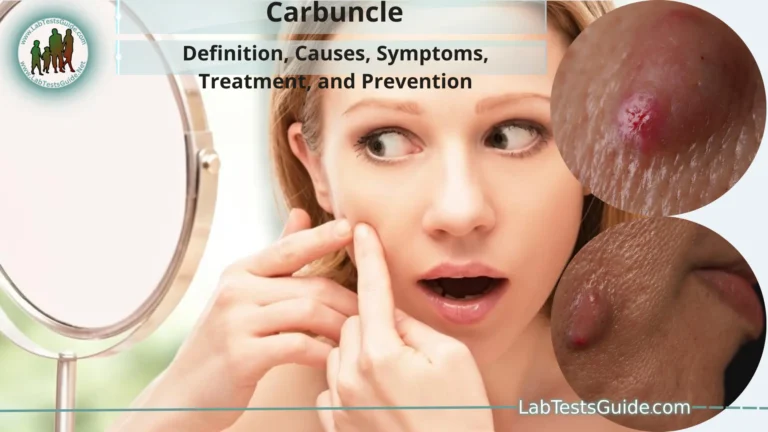
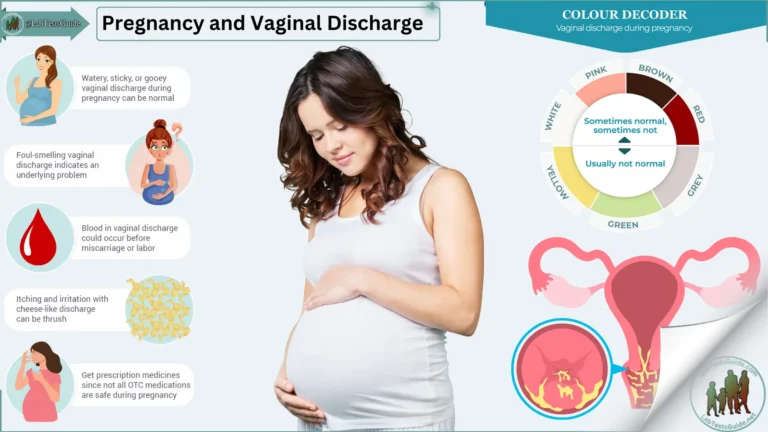
0 Comments